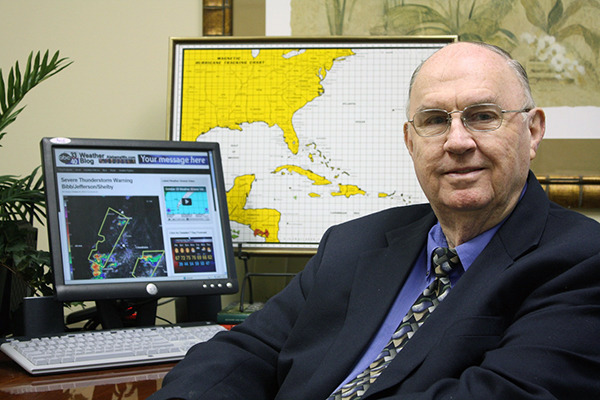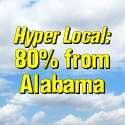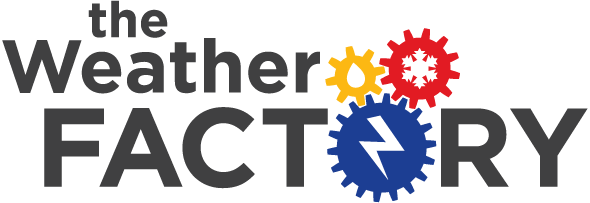Watches And Warnings
You’ve probably seen watches and warnings for severe weather on TV or posted on social media by the National Weather Service. Watches and warnings are intended to help people know and prepare for the different types of severe weather that might impact them. But what is the difference between a watch and a warning? There are slight differences between a watch and a warning for different types of weather hazards. It is important to know the difference between them in order to be ready for weather threats.
Let’s start with severe thunderstorms and tornadoes. A watch is issued when the conditions are right for one of these to occur. This means that there is sufficient atmospheric instability, lift, moisture and wind shear (changes in wind direction with height, or rotation) present for severe thunderstorms and/or tornadoes to develop. A severe thunderstorm warning is issued when a severe thunderstorm, capable of producing one-inch hail or wind speeds of 58mph or greater has developed and been spotted on radar. A tornado warning is issued in two cases: either when a tornado has been spotted, or radar has indicated rotation that is the signature of an imminent or developing tornado.
Flash flood watches and warnings are similar. A watch is issued when current atmospheric conditions make flooding likely to occur. A warning is issued when flash flooding is occurring.
Hurricane watches and warnings work a little bit differently, because of the level of preparation that it takes to be ready for a hurricane’s impact. A hurricane watch indicates that sustained winds of 74+ miles per hour are possible in the area under the watch. It is issued 48 hours before the onset of tropical storm force winds (39+ mph). This allows people the time necessary to prepare for the oncoming storm, whether this is buying canned foods and one gallon of water per person per day, or evacuation. A hurricane warning is issued 36 hours before the onset of tropical storm force winds. At this point, all preparation should be completed, and evacuation should occur if directed by local officials.
Winter storms are multifaceted, with a number of different hazards. Watches are issued for winter storms and blizzards, where a blizzard involves low visibility (0.25 miles) and winds of 35+ mph. Like with severe thunderstorms, a watch means that atmospheric conditions are favorable for a winter storm or blizzard to occur in the area. Winter storms have an intermediate step between a watch and a warning, called an advisory. A winter weather advisory is issued when 3-5” of snow in 12 hours, less than 1” of sleet, freezing rain with sleet/snow, and/or blowing snow is expected in an area. A freezing rain advisory is issued when ice accumulation of less than 0.25” is expected. Finally, there are three types of warnings associated with winter weather. A winter storm warning is issued when 6” of snow in 12 hours, or 8” in 24, is expected. An ice storm warning comes when ice accumulation greater than 0.25” is forecasted, and a blizzard warning is issued when blizzard conditions are forecasted to last at least 3 hours in the area.
While these different types of watches and warnings can be confusing, an easy rule to remember is that a watch means conditions are favorable for a weather event to occur, while a warning means that the event is either currently happening or on its way. Remember to use this information to guide you in preparing for any of these weather hazards!
©2019 Meteorologist Margaret Orr
For more weather safety content, visit: https://www.globalweatherclimatecenter.com/weather-safety-educational-topics
Sources:
https://www.weatherworksinc.com/watch-vs-warning
https://www.weather.gov/ilx/wwa_social
https://oceanservice.noaa.gov/facts/watch-warning.html
Image: Stock Photo
AlabamaWX is pleased to partner with the Global Weather and Climate Center team for outstanding posts about our atmosphere. Visit them at https://www.globalweatherclimatecenter.com for more great information!
Category: Partner News Stories

















